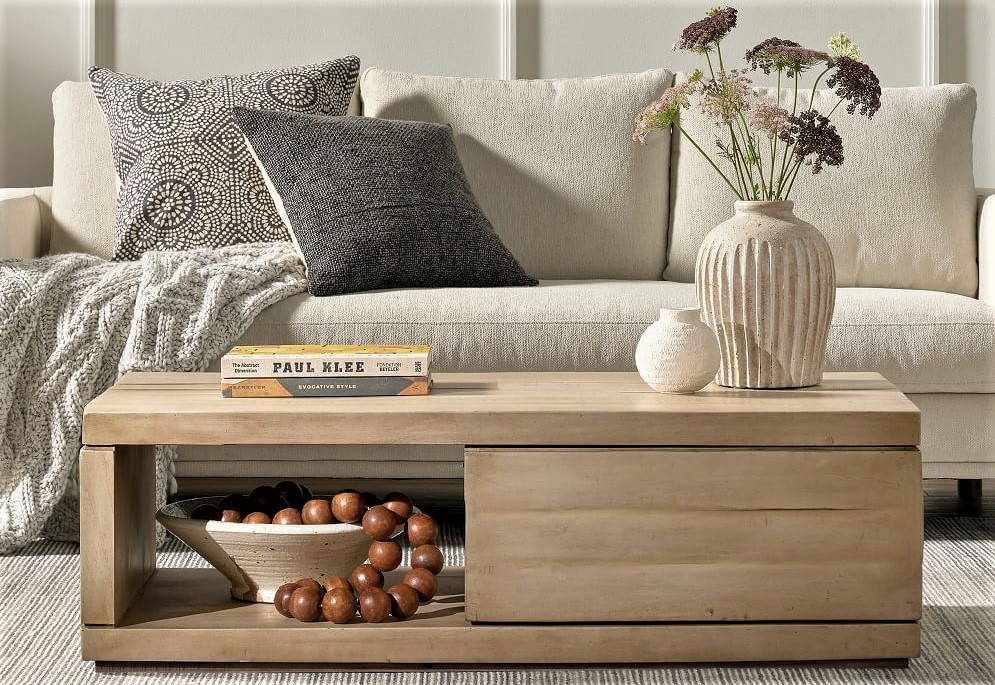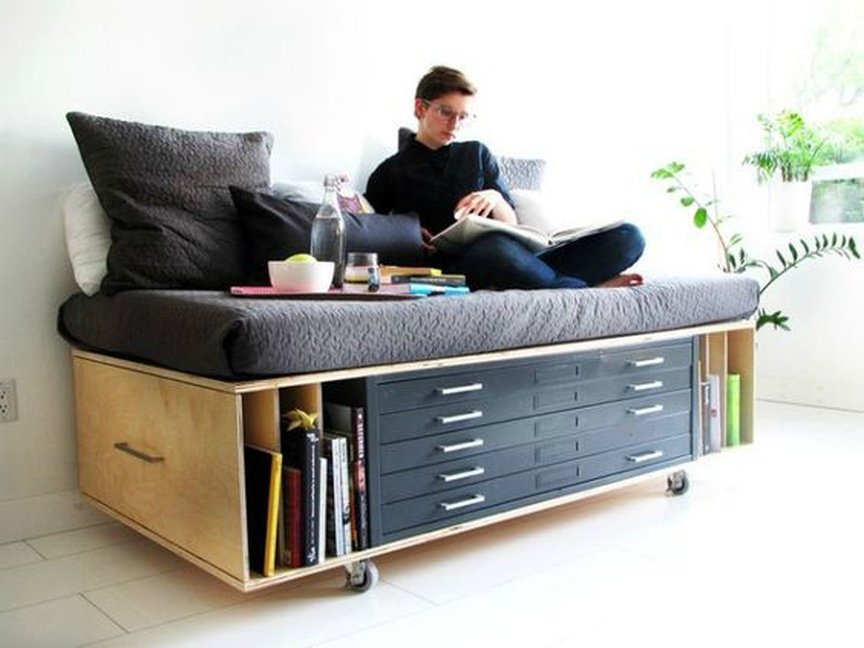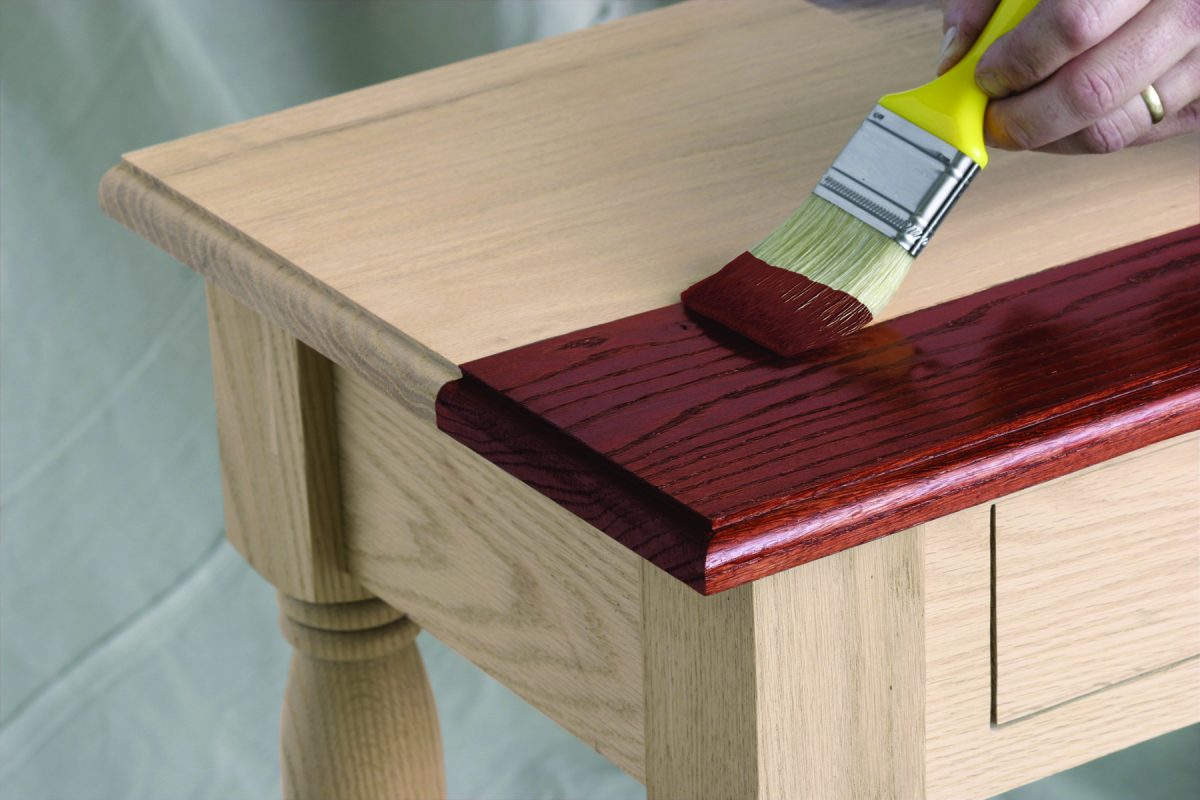Embracing a distinctive aesthetic can significantly enhance the atmosphere of any living environment. Infusing certain styles into decor not only adds charm but also creates a soothing ambiance that reflects personal taste. Such elements draw inspiration from ancient traditions, showcasing a blend of craftsmanship and artistry that resonates with tranquility.
Craftsmanship often transcends mere functionality, offering intricate designs and rich textures that narrate stories of heritage and artistry. The careful choice of materials and meticulous attention to detail result in pieces that evoke a sense of harmony and balance. Elements that draw from cultural nuances can effortlessly uplift a mundane space into a sanctuary of elegance.
Incorporating these thematic accents provides an opportunity to connect with history while celebrating diversity within one’s living quarters. This approach not only enriches the aesthetic appeal but also fosters a unique narrative that welcomes guests and creates a warm, inviting feeling. Such decor invites a journey, intertwining past and present in a delightful arrangement.
Embracing Minimalism in Asian Design
Minimalism, characterized by simplicity and functionality, finds a unique expression through various traditions. Its core philosophy prioritizes essential elements, focusing on clarity and tranquility in living spaces. This approach encourages a thoughtful selection of items while celebrating the essence of each piece.
|
Key Elements |
Description |
|---|---|
|
Natural Materials |
Focus on wood, bamboo, and stone that bring warmth and connection to nature. |
|
Neutral Palette |
Utilization of soft, muted colors fosters a calming environment. |
|
Open Spaces |
Emphasis on fluid layouts allows for movement and breathability. |
|
Functional Designs |
Each item serves a purpose, eliminating clutter and enhancing utility. |
|
Subtle Screens |
Usage of shoji and other dividers enhances privacy without sacrificing light. |
This simplicity creates an inviting atmosphere, encouraging mindfulness and focus. By integrating these aspects into your environment, one can achieve a serene sanctuary that reflects harmony and balance.
Natural Materials for Authentic Aesthetics
Incorporating elements derived from nature enhances serenity and warmth within living spaces. Utilizing organic substances fosters a sense of connection to the environment while promoting sustainability. This approach not only elevates design but also creates a tranquil atmosphere that resonates with timeless elegance.
|
Material |
Description |
Benefits |
|---|---|---|
|
Wood |
Classic and versatile, available in various types and finishes. |
Durable, adds warmth, and showcases natural patterns. |
|
Bamboo |
Fast-growing grass known for its strength and flexibility. |
Eco-friendly, lightweight, and offers a unique texture. |
|
Rattan |
Flexible vine typically woven into intricate shapes. |
Stylish, breathable, and contributes to a relaxed vibe. |
|
Stone |
Natural material that varies in texture and color. |
Durable, adds a sense of grounding, and enhances aesthetics. |
|
Clay |
Used for pottery and decorative elements, offering rustic charm. |
Natural appearance, customizable, and evokes a warm feel. |
Utilizing these organic components can transform interiors, promoting a holistic atmosphere while emphasizing craftsmanship and authenticity. Each material tells a story, creating a unique narrative within the living space that resonates with both the mind and the senses.
Color Schemes Inspired by Eastern Culture
Colors have a remarkable ability to evoke emotions and set the atmosphere within a living space. Drawing from rich traditions and philosophies of the East, various palettes can create a serene yet vibrant ambiance. This section delves into how specific hues embody cultural significance, enhancing overall aesthetic appeal while fostering tranquility.
Warm Earth Tones
Warm earth tones such as terracotta, ochre, and muted browns reflect natural landscapes and promote a sense of grounding. These hues resonate with the essence of harmony and balance, commonly found in Eastern philosophies. Using these colors in walls or accent pieces invites a comforting vibe, making spaces feel inviting. Complementing them with natural materials like wood or stone further emphasizes this connection to nature.
Vibrant Jewel Tones
In contrast, vibrant jewel tones like deep red, emerald green, and royal blue bring dynamism and richness. These colors often symbolize prosperity and abundance, celebrated in various cultures. Incorporating them through decorative elements or statement pieces can energize a room without overwhelming it. Mixing jewel tones with more subdued shades creates a balanced and sophisticated look, offering both visual interest and emotional depth.
Functional Furniture for Small Spaces
When living in compact environments, choosing versatile and space-efficient items becomes essential. The right selections can transform limited areas into stylish and practical zones. It’s crucial to balance aesthetics with utility, minimizing clutter while enhancing relaxation and enjoyment.
Multi-Purpose Solutions
Opt for pieces that serve various functions. A sofa bed, for instance, offers both seating and sleeping arrangements, making it ideal for accommodating guests. Additionally, ottomans with hidden storage can provide extra seating while simultaneously keeping belongings organized. Such innovations ensure that every square inch serves a purpose.
Compact Designs
Selecting streamlined and minimalistic designs contributes to a more open atmosphere. Tables that can extend when needed or fold away when not in use are excellent choices. Likewise, wall-mounted shelves create additional storage without occupying floor space, allowing decorative items to shine without overwhelming the area.
Incorporating Zen Philosophy in Decor
Creating a serene atmosphere within living spaces involves a deep understanding of harmony and balance. This approach emphasizes simplicity, tranquility, and a connection with nature. Utilizing these principles can transform a room into a peaceful retreat, allowing individuals to experience mental clarity and emotional stability.
Simplicity and Minimalism
Adopting a minimalist approach is fundamental to embodying Zen principles in interior aesthetics. This means selecting only essential items that serve a purpose while removing excess clutter. Natural materials such as wood, stone, and bamboo often embody this philosophy, fostering a sense of warmth and grounding in the environment.
Connection with Nature
Integrating elements found in nature enhances the serene ambiance of a space. Incorporating plants, natural light, and water features can evoke a calming effect and promote a sense of peace. Thoughtfully placed decor that draws inspiration from outdoor settings aligns perfectly with the essence of Zen, further enriching the experience of relaxation and mindfulness.
Creating Harmony with Asian Influences
Establishing a serene atmosphere within living spaces can greatly enhance well-being and tranquility. Integrating elements drawn from diverse cultures promotes balance and peace, allowing individuals to reconnect with nature and their surroundings.
Incorporating these elements revolves around several key aspects:
-
Natural Materials: Wood, bamboo, and stone provide authenticity and warmth.
-
Color Palette: Soft, earthy hues create a soothing environment conducive to relaxation.
-
Minimalism: Simplified designs reduce clutter and foster a sense of calm.
Creating focal points can be achieved through:
-
Artistic Decorations: Handcrafted items, such as pottery and textiles, serve as conversation starters.
-
Greenery: Incorporating plants like bonsai or bamboo enhances air quality and brings a touch of nature indoors.
-
Lighting: Soft, ambient lighting creates a welcoming atmosphere, often accentuated by lanterns or candles.
By merging these components, one can cultivate a cohesive environment that radiates positivity and encourages mindfulness.
Q&A: Asian inspired furniture
What are some key characteristics of Asian-inspired furniture?
Asian-inspired furniture is known for its elegant simplicity, craftsmanship, and natural materials. Typically, it features clean lines, minimalistic designs, and integrates elements such as bamboo, teak, or sandalwood. These pieces often highlight intricate carvings and can showcase a connection to nature through the use of organic shapes and muted colors. Additionally, Asian design emphasizes functionality, balance, and harmony, creating a tranquil atmosphere within the home.
How can I incorporate Asian-inspired furniture into my modern home decor?
To successfully integrate Asian-inspired furniture into a modern decor scheme, begin by selecting a few standout pieces such as a low-profile coffee table or a beautifully crafted sideboard. Use these as focal points in your room. Pair them with neutral or contemporary furnishings to create contrast and allow the unique features of the Asian pieces to shine. Incorporate natural elements like plants or water features to enhance the zen atmosphere, and choose a color palette with earth tones to maintain harmony throughout the space.
What types of materials are commonly used in Asian furniture?
Asian furniture often utilizes a variety of natural materials that reflect traditional craftsmanship. Common materials include solid woods such as teak, mahogany, and rubberwood, known for their durability and beauty. Bamboo is also widely used for its strength and sustainability. Additionally, some pieces may incorporate metal or stone accents to enhance their aesthetic appeal. The focus on natural materials aims to create a warm and inviting atmosphere while promoting eco-friendly practices in furniture production.
Are there specific design styles within Asian-inspired furniture?
Yes, there are several distinctive design styles within Asian-inspired furniture, including Japanese, Chinese, and Thai styles. Japanese furniture often emphasizes minimalism and functionality, featuring sliding doors (fusuma) and tatami mats. Chinese furniture is known for its intricate carvings and bold colors, often incorporating symbolism and historical elements. Thai furniture typically showcases vibrant textiles and natural materials like rattan and bamboo, blending rustic charm with elegance. Each style offers unique attributes that can be mixed and matched to create a cohesive Asian-inspired look.
Where can I find authentic Asian-inspired furniture for my home?
You can find authentic Asian-inspired furniture at various locations, including specialty furniture stores that focus on global designs, as well as online retailers that specialize in imported goods. Antique shops and marketplaces often feature unique pieces with historical significance. Additionally, local artisans and craftsmen may create custom furniture inspired by Asian traditions, ensuring authenticity and quality. Online platforms like Etsy or dedicated furniture sites offer a wide selection and may include options for handmade or eco-friendly pieces.
What are the key characteristics that define Asian inspired furniture?
Asian inspired furniture is known for its simplicity, craftsmanship, and functionality. Key characteristics include the use of natural materials like wood and bamboo, intricate carvings, and a focus on harmony and balance in design. Traditional Asian furniture often features low profiles, clean lines, and an earthy color palette that creates a calming ambiance. Influences from different Asian cultures, such as Japanese minimalism or Chinese ornate styles, also play a significant role in defining the particular style of the furniture. Overall, these elements contribute to a serene and balanced aesthetic that embodies the philosophy of living in harmony with nature.
How can I incorporate Asian inspired furniture into my existing home decor?
Incorporating Asian inspired furniture into your home can be both exciting and rewarding. Start by selecting key pieces that resonate with the overall atmosphere of your space. For example, a low wooden coffee table or a beautifully crafted sideboard can serve as focal points. Consider mixing these pieces with your existing furniture for an eclectic look, or create a dedicated space that emphasizes Asian aesthetics. Use accessories like bamboo plants, lanterns, or silk cushions to enhance the theme. Pay attention to colors and textures; natural tones and smooth finishes work well together. Lastly, embrace the concept of minimalism by decluttering your space; this allows the elegance of your Asian inspired furniture to shine through.
What materials are commonly used in oriental furniture?
Oriental furniture often features materials like rosewood, black lacquer, and porcelain. These materials, combined with hand-painted motifs, create an exquisite and unique style, embodying the essence of traditional Chinese and Southeast Asian craftsmanship.
How can oriental furniture like a room divider enhance asian decor?
A room divider, especially a folding screen with cherry blossom or far east motifs, can instantly transform a space, adding a touch of vintage Asian flair to your home. It can serve as both a functional and decorative piece in asian home decor.
What distinguishes a Chinese antique dining table from other styles of furniture?
A Chinese antique dining table, often made from rosewood and hand-crafted in the Ming style, stands out due to its intricate design and lacquer finish. This type of table adds a touch of sophistication and antique asian charm to any dining room.
How does an antique Asian dresser complement traditional interior design?
An antique Asian dresser, often adorned with black lacquer and hand-painted details, can serve as an exquisite centerpiece in traditional Chinese or Asian-style interior design. The elegant drawers and unique motifs give it both beauty and functionality.
What should you consider when browsing furniture for sale to achieve an Asian decor theme?
When browsing furniture for sale, look for antique Asian furniture such as a side table, stool, or trunk in ming style. Hand-painted lacquer finishes, cherry blossom motifs, and traditional Chinese or Southeast Asian designs will help create a cohesive Asian home decor theme.



